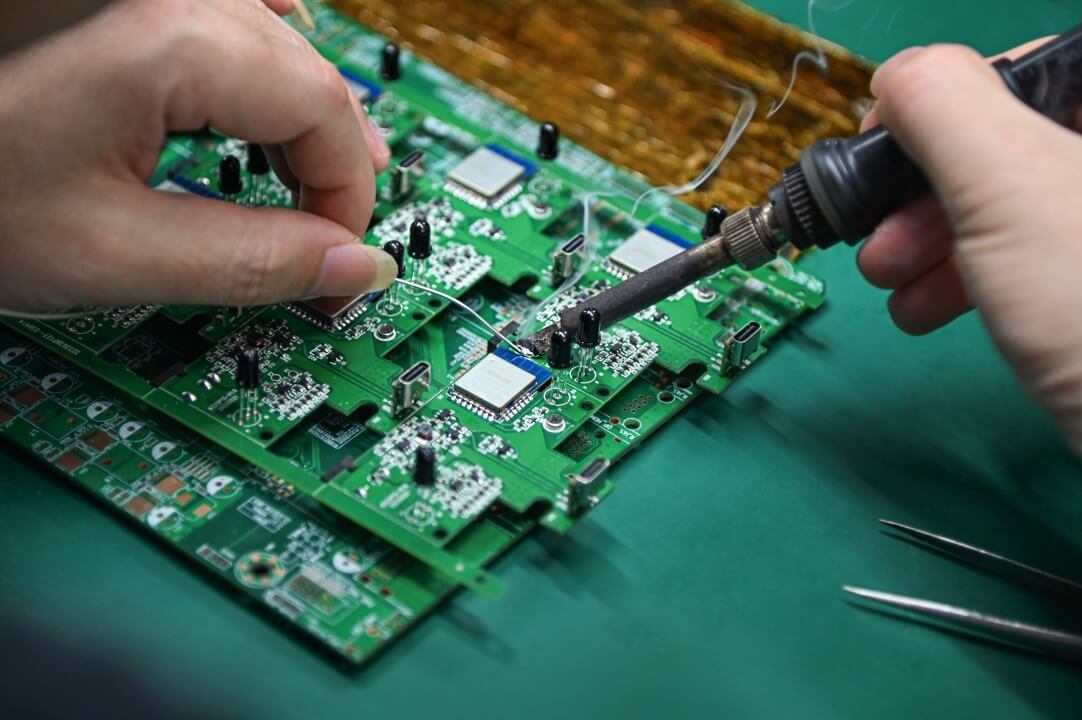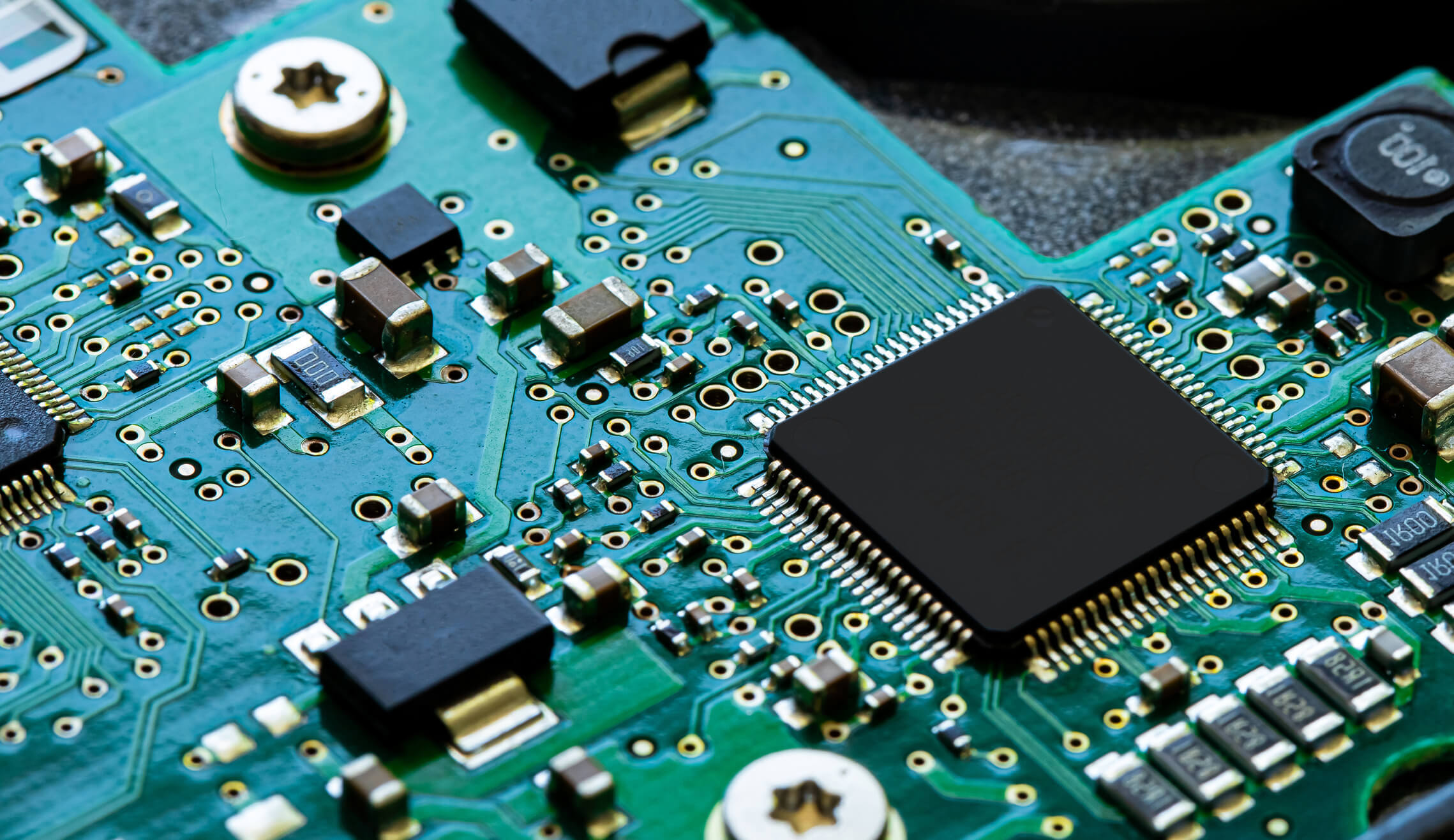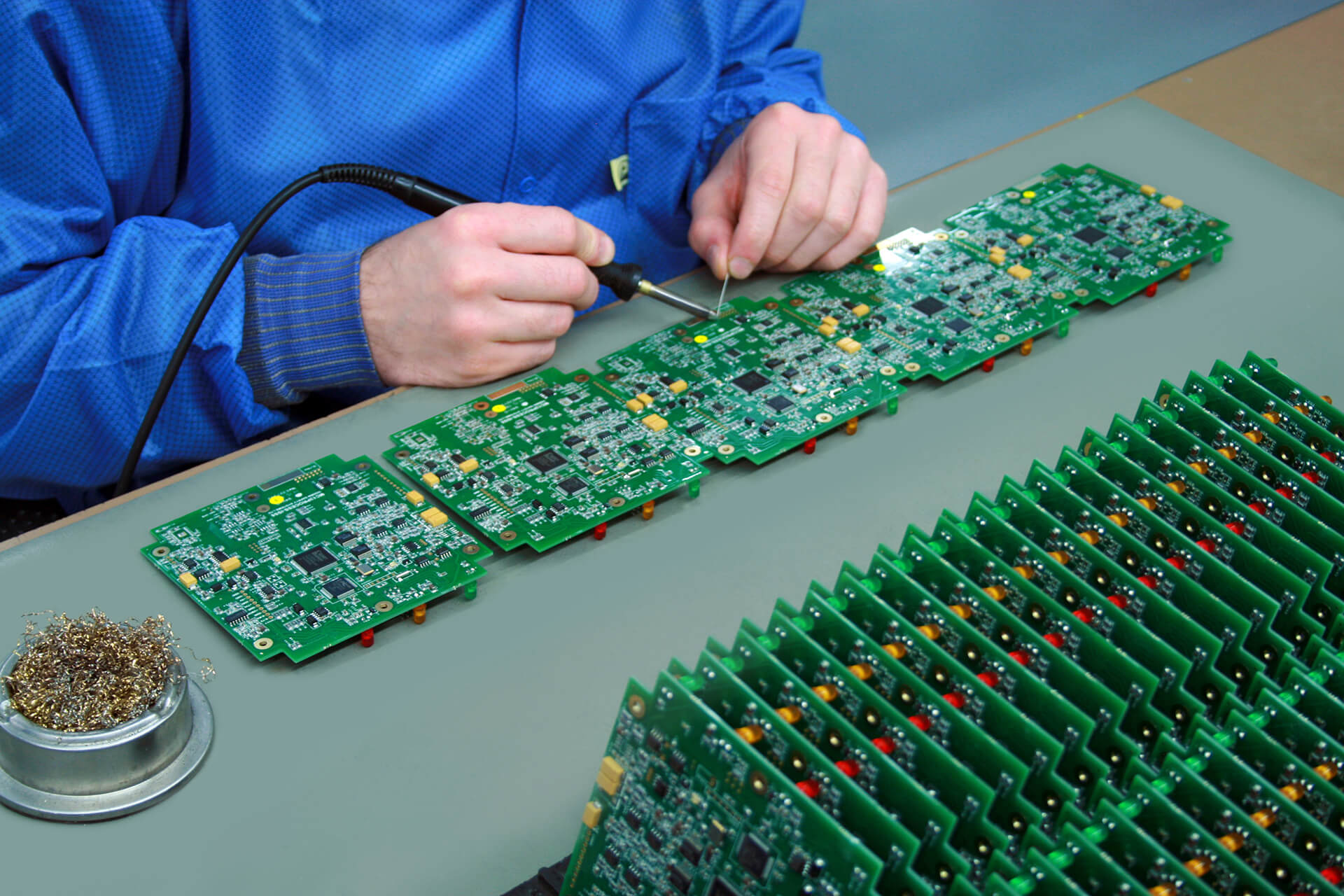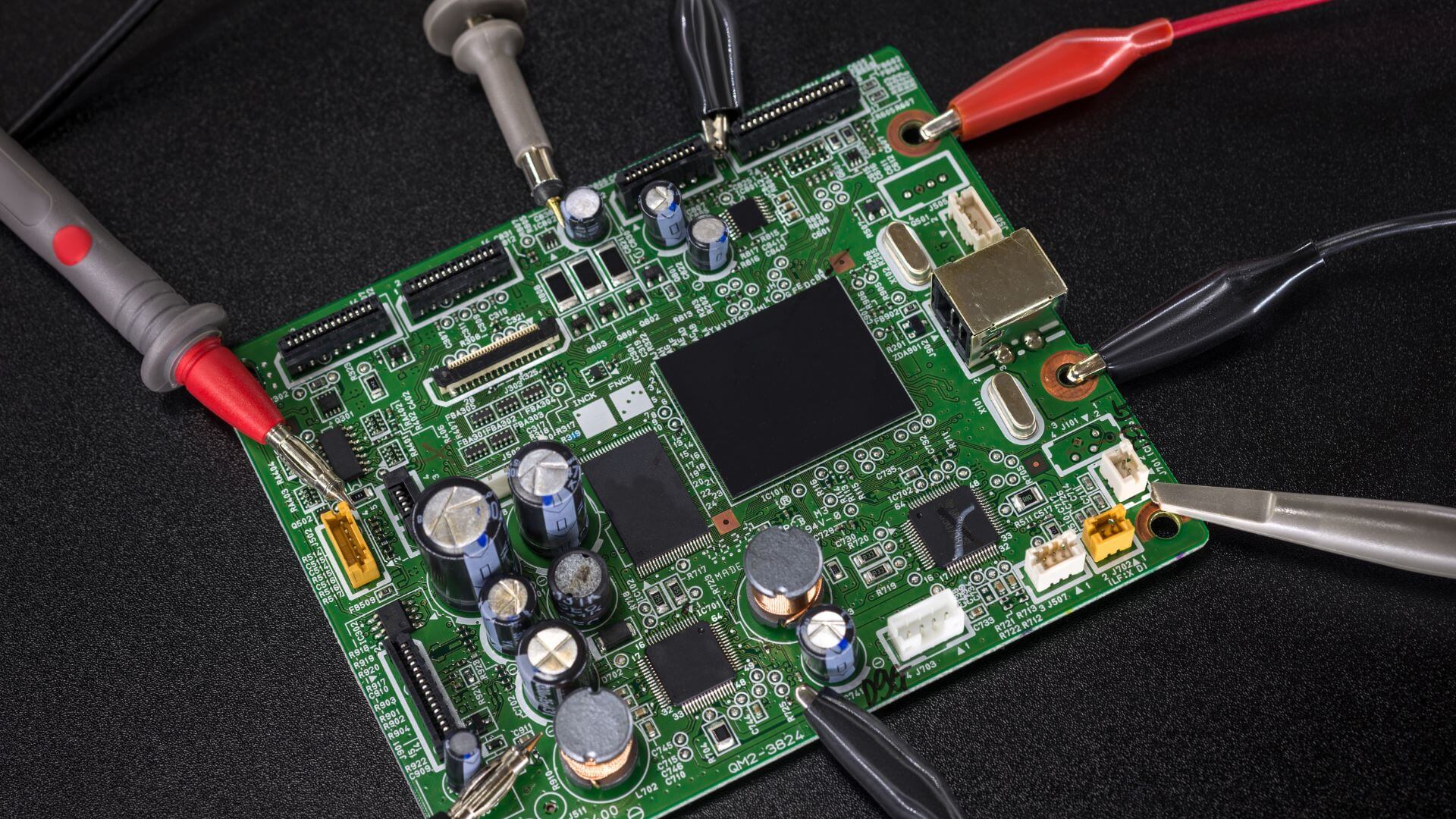The post Why Do You Need a Turnkey Electronics Manufacturer ? first appeared on PCB Assembly.
]]>The post Why Do You Need a Turnkey Electronics Manufacturer ? first appeared on PCB Assembly.
]]>The post Common PCB Issues & Failures Guide first appeared on PCB Assembly.
]]>The post Common PCB Issues & Failures Guide first appeared on PCB Assembly.
]]>The post Navigating the Complexities of Flexible PCB Assembly first appeared on PCB Assembly.
]]>The post Navigating the Complexities of Flexible PCB Assembly first appeared on PCB Assembly.
]]>


